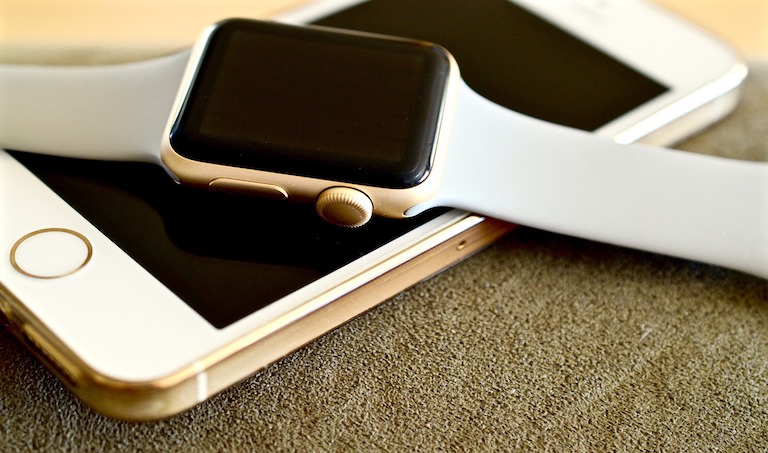
A smartwatch coupled with a machine learning algorithm was able to detect an irregular heartbeat, or atrial fibrillation (AF), with high accuracy in a small group of patients undergoing treatment to restore normal heart rhythm but with lower accuracy in a larger group of people with a self-reported history of AF.
A study published in JAMA Cardiology by University of California researchers Gregory M. Marcus, M.D., M.A.S., and co-authors titled Passive Detection of Atrial Fibrillation Using a Commercially Available Smartwatch found that
Among 1617 ambulatory individuals who wore a smartwatch, those with self-reported atrial fibrillation were correctly classified with moderate accuracy.
9,750 participants with an Apple Watch enrolled in the Health eHeart Study, including 347 with self-reported AF, and another group of 51 patients undergoing cardioversion, a treatment using medication or electricity, to restore regular heart rhythm from 2016 to March 2017; participants wore smartwatches to collect heart rate and step count data as part of the development and training of a deep neural network, which is a type of machine learning algorithm, to detect AF.
The study measured the Validation of the neural network to detect AF with 51 patients undergoing cardioversion compared against the standard of 12-lead electrocardiography (ECG), and a second exploratory analysis using smartwatch data from 1,617 ambulatory individuals to classify those with AF compared against self-reported AF
This was an observational study. Researchers were not intervening for purposes of the study and cannot control all the natural differences that could explain the study findings.
The study concluded that these data support further research regarding the use of commercially available smartwatches coupled with a deep neural network for the purpose of detecting AF.




